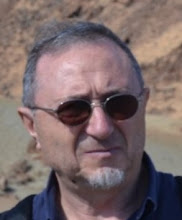"In line with the rights and incentives provided by the Bayh-Dole Act of 1980, U.S. universities have increased their involvement in patenting and licensing activities through their own technology transfer offices. Only a few U.S. universities are obtaining large returns, however, whereas others are continuing with these activities despite negligible or negative returns. We assess the U.S. universities' potential to generate returns from licensing activities by modeling and estimating quantiles of the distribution of net licensing returns conditional on some of their structural characteristics. We find limited prospects for public universities without a medical school everywhere in their distribution. Other groups of universities (private, and public with a medical school) can expect significant but still fairly modest returns only beyond the 0.9th quantile. These findings call into question the appropriateness of the revenue-generating motive for the aggressive rate of patenting and licensing by U.S. universities."
Harun Bulut;
GianCarlo Moschini
(Center for Agricultural and Rural Development - CARD)
Keywords: Bayh-Dole Act, quantile regression, returns to innovation, skewed distributions, technology transfer, university patents.
Date: 2006-09
URL: http://d.repec.org/n?u=RePEc:ias:cpaper:06-wp432&r=edu
(resumo de “paper”, disponível no sítio referenciado)
Harun Bulut;
GianCarlo Moschini
(Center for Agricultural and Rural Development - CARD)
Keywords: Bayh-Dole Act, quantile regression, returns to innovation, skewed distributions, technology transfer, university patents.
Date: 2006-09
URL: http://d.repec.org/n?u=RePEc:ias:cpaper:06-wp432&r=edu
(resumo de “paper”, disponível no sítio referenciado)

Sem comentários:
Enviar um comentário